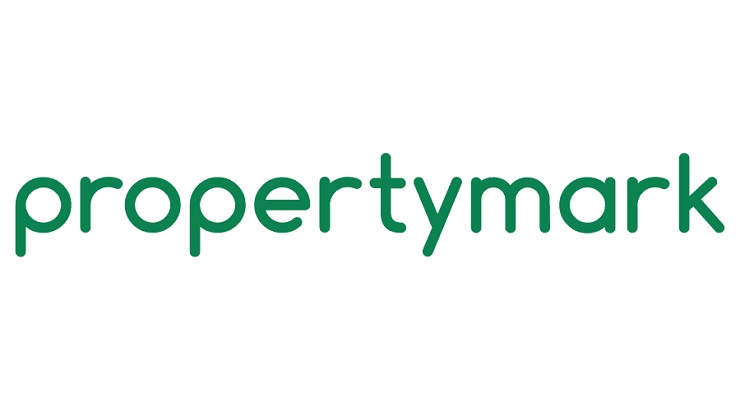Is it still safe to invest in buy-to-let property?
Buy-to-let property is still a popular investment and the rush to purchase property before the new stamp duty changes in April proved just this. Investing in buy-to-let property has offered great returns for investors but the new measures brought in April could signal the end of the buy-to-let boom.
It has been tough for landlords this year and it has not only been the stamp duty changes that have caused problems.
The Wear and Tear tax relief was abolished and this left them only able to claim on what they have spent while mortgage tax relief is being phased out next year. The introduction of new rules, imposed on landlords has also made life hard, which is making buy-to-let property investments and unattractive prospect.
These changes could ultimately see landlords leave the buy-to-let sector altogether because it is no longer financially possible for them. This could see as many as 500,000 properties being off-loaded in as landlords do their best to miss out on the changes they will be hit with. Landlords in the private rented sector are not experiencing the greatest of yields on their investment with the average gross yield being less than 5% with net yields being around 2%. The low margins and tax changes could see landlords making a loss. However, many letting agents have said that they are still yet to see the movement of landlords they expected.
One way of looking at this is to consider the alternatives. Savings accounts offer low rates which should mean that landlords should consider keeping hold of their property. There will always be demand for property in the private rental sector as not everyone will want to purchase property.
As the saving rates drop as a result of the interest rate cut, investors will be able to take advantage of cheaper mortgages. Lenders are improving their rates in order to lure in new business and that includes buy-to-let investors.
The rental sector is remaining strong despite a number of economic and political issues arising. On average, the cost of a new tenancy rose by 3.1% to £913pcm. The return on a deposit for a 75% leveraged buy-to-let property in the UK has been above 16% each year. Supply cannot meet demand in the private rental sector and that could mean increased rents and a growth in house prices all of which should help returns to remain high. With returns looking strong for the immediate future, buy-to-let is still a solid prospect but for those who pay the higher band of tax will pay more when the new changes come into effect. To get around this problem, many are now considering setting up their own company to manage their rental properties as there has been a sharp increase in mortgage lending to buy-to-let landlords who have borrowed through a limited company.
Many buy-to-let landlords will not be suited to a limited company yet there is no denying that the shortage of houses will continue to boost rental prices and property prices.









